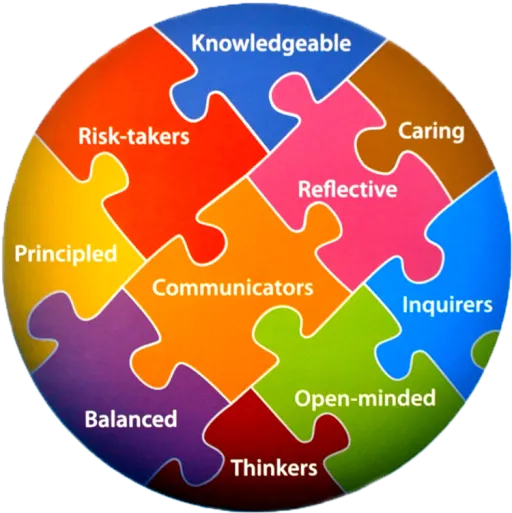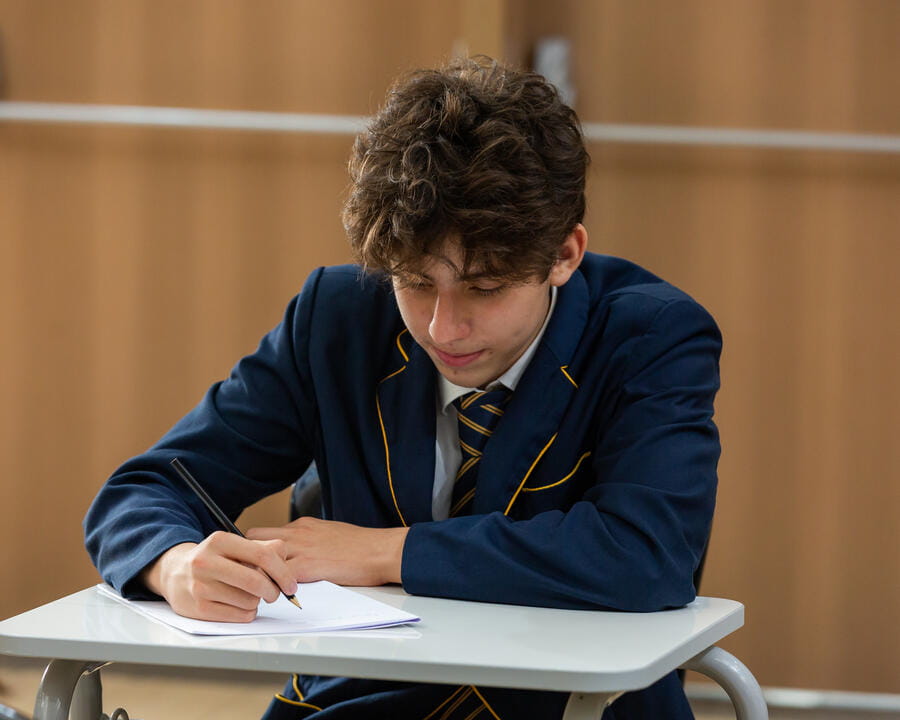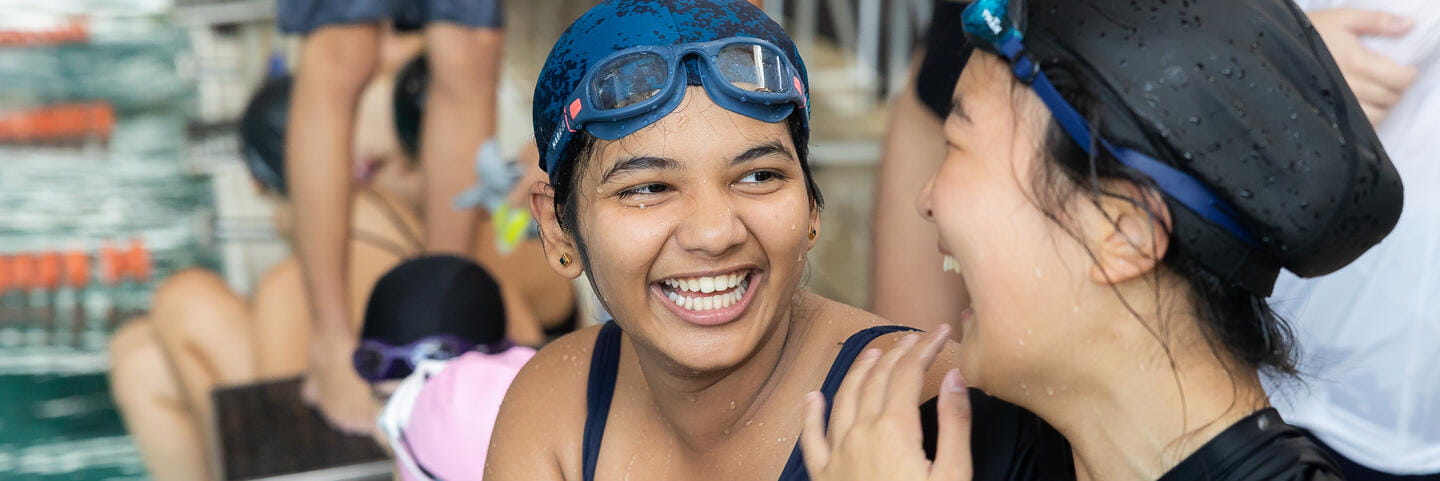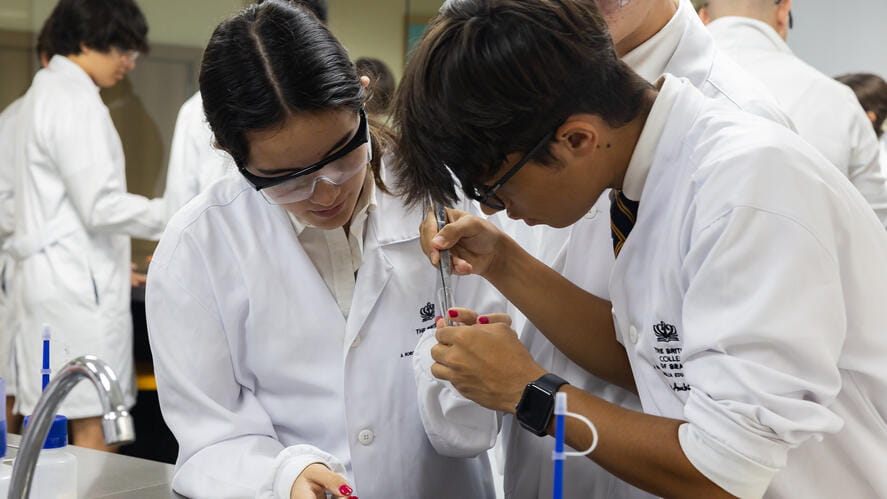Developing Critical Reading
Throughout the English curriculum at BCB, students are encouraged to be critical readers. But what is critical reading? According to The Writing Centre, critical reading is ‘reading that applies certain processes, models, questions, and theories that result in enhanced clarity and comprehension.’
Throughout the English curriculum at BCB, students are encouraged to be critical readers. But what is critical reading? According to The Writing Centre, critical reading is ‘reading that applies certain processes, models, questions, and theories that result in enhanced clarity and comprehension.’
As English is usually broken down into language and literature, are the models, questions and theories interchangeable between the two? Essentially, yes they are - but in slightly different ways.
Let’s take a look at how we can apply them into the year 10 coursework component. One of the tasks students are required to do is responding to a text (this could be a newspaper article, speech or an opinion editorial). In the case of opinion pieces, one of the key aspects to look out for is bias. We are only half way into 2022 and global media has been very generous in furnishing us with an abundance of opinion pieces, ranging from critical race theory (CRT), trans rights, gun control laws - the list goes on. The key skill we want to encourage our students to grasp is how to spot bias in the media.
Exposing them to a variety of media that covers both sides of the political spectrum is a good start. Encouraging wide reading is crucial to avoid the dangers of echo chambers - a theory that states that if we rely on our social media platforms and a particular news outlet for our daily ingestion of current affairs, we run the risk of having our opinions ‘echoed’ back to us and reinforcing our own confirmation bias, ignoring or illogically putting aside valuable counter evidence, or deliberately disregarding evidence that contradicts our theories. This kind of ‘anti-thinking’ is known as Occam’s broom; this is antithetical to the IB learner profiles of ‘balanced’ and ‘open minded’.

At the moment, year 10s are in the process of putting this into practice. We start by selecting a range of articles and speeches and then applying the critical reading models to deconstruct the text into its constituent parts. Once that is done, it is easier to begin to ask the questions that lead to a critical analysis, some of which are:
-
What is the purpose of this text?
-
Who is the audience or readership?
-
What can this tell us about the writer’s purpose and motivations for writing the text?
-
What are the themes?
-
What literary / rhetorical devices does the writer use?
-
Are there any logical fallacies or misrepresentations?
Once the text has been deconstructed, students are able to write a response to challenge / support the viewpoint of the author. I think it is important to finish off by saying that regardless of our cultural or political beliefs, we should not immediately dismiss an opposing belief just because it is not convenient to our own. So, when was the last time you fell victim to confirmation bias?







